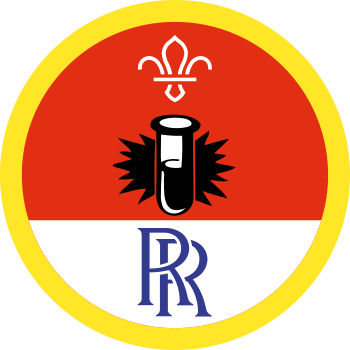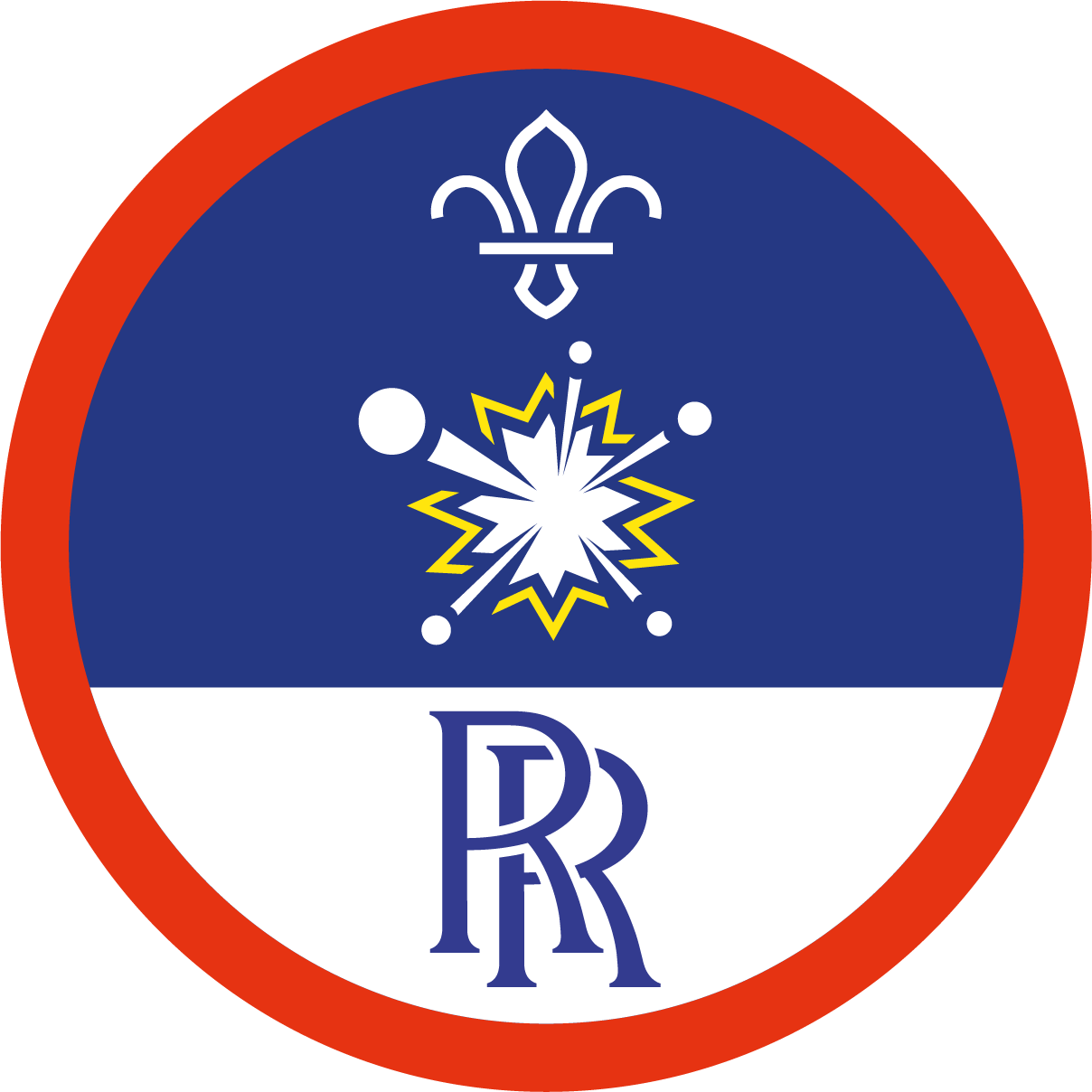
Reaction rockets
You’ll need
- Clean, empty plastic bottles (500ml)
- Paper drinking straws
- Sticky tape
- Big pieces of card
- Pens or pencils
- Clean items of recycling
- Corks
- White vinegar
- Bicarbonate of soda
- Funnels
- Paper towels
- Teaspoons
To watch in full screen, double click the video
Before you begin
- Find an outdoor spot suitable for launching bottle rockets. This activity may be best suited to a countryside or camp setting.
- Before the session, encourage everyone to bring along with them any used 500ml plastic bottles. These should be rinsed out.
- They should also bring materials that they would use to design and build a bottle rocket. This might include sweet wrappers, cereal boxes or used packaging.
- Plan ahead and let everyone know what equipment they’ll need to do this activity online at home. You could think about safely delivering the equipment to group members if it’d be appropriate and manageable for your group.
- Ask parents or carers to support everyone to make their rockets.
- You could send the activity instructions out for everyone to do at home and ask them to take pictures or videos to share in your next online session.
- Check out the advice on using Zoom and other popular digital platforms and the guidance on being safe online.
Build your rocket
- Everyone should get into small groups. Give each group a bottle, tape and three straws.
- The straws should be taped to the top of the bottle, so they act like a stand for the upside-down bottle. Wrap tape around the bottle to secure them in place, without bending the straws.
- Everyone should get some cardboard and use a pencil to draw four rocket fins and cut them out with scissors. Stick these to the sides of the bottle with tape.
- Groups should then use the remaining cardboard to make a cone to go on the tip of their rocket (the bottom of the bottle). Secure this to the bottle with more tape.
- Give each group a cork to fit the neck of their bottle. The cork needs to fit securely, so pressure can build up inside the bottle, but not so tight that it won’t be forced out to launch the rocket. They can use some tape to wrap around the cork to make it fit more securely if they need.
Rocket launch
- Head outside to the launch site. Each group needs to take bicarbonate of soda, paper towels and vinegar with them.
- Each group should measure a teaspoon of bicarbonate of soda into a paper towel. Roll up the towel into a sausage shape, making sure the powder doesn’t spill out. The sausage needs to be skinny enough to fit into the bottle through the neck.
- Each group needs to fill their bottle halfway with white vinegar. Then, quickly, stuff the parcel of bicarbonate of soda into the bottle, replace the cork securely and turn the bottle upside-down. Stand it on the straws and step back at least two metres. The cork should shoot out and the bottle should fly into the air.
- Everyone should come together to discuss their bottle rockets. See if anyone knows why they shot up into the air.
- Have each group retrieve their rocket and change one feature about the design. This might be the shape of the nose cone, the shape or position of the fins or the size of bottle they use. Then, they should launch the new rocket. See if anyone’s rocket flew further or was more stable in the air this time around.
- Once everyone has completed the experiment, dismantle the rockets, wash out the bottles and recycle the materials used.
Reflection
Working as a team was important to design and build rockets that flew well. Space rockets need a huge team of experts to get them to work. How did your group work together, with everyone using their individual skills, to make the launch a success?
Someone had to be brave to stuff the paper towel in the bottle, cork it and step back. The paper towel acts as a time release, allowing enough time to step away from the bottle before it takes off. Still, pretty brave! Did everyone take turns to do this bit, or did one person take responsibility?
Safety
All activities must be safely managed. You must complete a thorough risk assessment and take appropriate steps to reduce risk. Use the safety checklist to help you plan and risk assess your activity. Always get approval for the activity, and have suitable supervision and an InTouch process.
- Science
Supervise young people, and only do science activities that are advised and age appropriate for your section. Test activities first, to make sure you’re confident you can lead them safely. Use protective clothing where necessary.
- Scissors
Supervise young people appropriately when they’re using scissors. Store all sharp objects securely, out of the reach of young people.
- Rubbish and recycling
All items should be clean and suitable for this activity.
- PPE
Before completing this activity make sure you have suitable personal protective equipment (PPE). This could include eye or ear protection, gloves, and anything else you need to protect yourself. You’ll know what you need as a result of completing the risk assessment for the activity.
When you’ve run this experiment once over, have groups dismantle their rockets and trade each part (the legs, the fins, the nose cone and the bottle) with another, different group. Then, they should reassemble their rocket with this selection of new parts. Groups should make a prediction about how their new rocket will perform, and then test it to find out if they’re right.
- Make sure everyone has everything they need to complete the tasks in this activity. Bear this in mind when splitting off into groups.
- Make sure everyone is able to retreat to a safe distance at your launch site by basing this activity somewhere with flat, easy terrain.
- Make sure earplugs are provided for those who don’t like loud noises. There should also be somewhere quiet for them to retreat to if they need.
All Scout activities should be inclusive and accessible.
Why not use this experiment to work towards the Scouts Scientist Activity Badge too? Or the Cubs Astronomer Activity Badge or Scouts Astronomer Activity Badge is ideal for anyone wanting to learn more about space.
Groups were able to choose their bottle size, fin design and position, and nose cone design. Each rocket should have been entirely youth-shaped!


